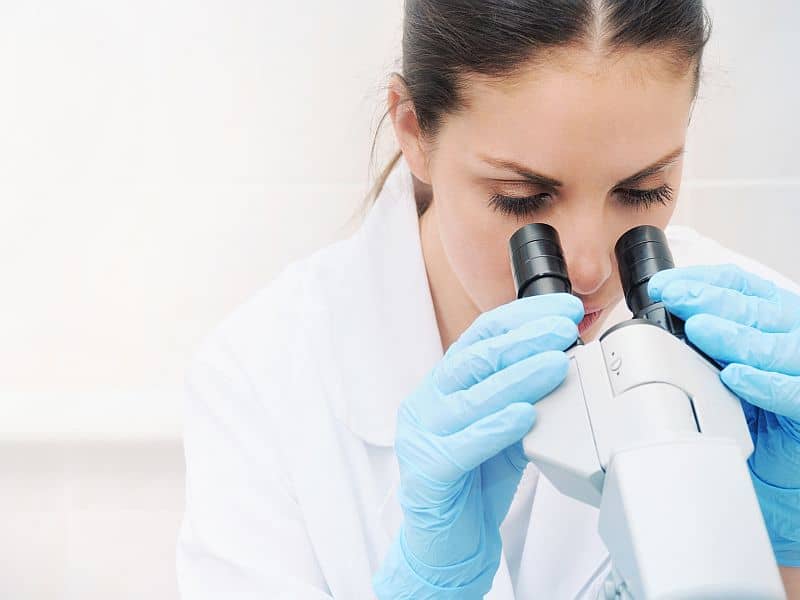FRIDAY, Sept. 21, 2018 (HealthDay News) — Molecular markers of breast cancer tumors can be identified by focusing on parameters of a cell’s nucleus, and aided by machine learning, according to a study published online Sept. 4 in npj Breast Cancer.
Rishi R. Rawat, from the University of Southern California in Los Angeles, and colleagues introduced a machine learning framework to identify relationships between cancer tissue morphology and hormone receptor pathway activation in breast cancer pathology samples stained with hematoxylin and eosin (H&E). The authors focused on predicting clinical estrogen receptor (ER) status from the spatial arrangement of nuclear features as a proof-of-concept. To predict ER status, the learning pipeline extracted parameters describing the position, shape, and orientation of the nuclei from H&E images, and passed them to a deep neural network.
The researchers found that the pipeline predicted ER status in an independent test set of 56 patient samples after training on 57 tissue cores of invasive ductal carcinoma (area under the receiver operator characteristic curve, 0.72). Machine-derived descriptors of morphologic histology patterns were correlated to signaling pathway status.
“We can use this technology to identify the molecular markers of the tumor and in the future will identify which therapeutics the tumor will respond to,” Rawat said in a statement. “Machine learning helps us get this information to patients sooner and may transform cancer care in the developing world where precise breast cancer marker assessment is in short supply.”
Abstract/Full Text (subscription or payment may be required)
Copyright © 2018 HealthDay. All rights reserved.



